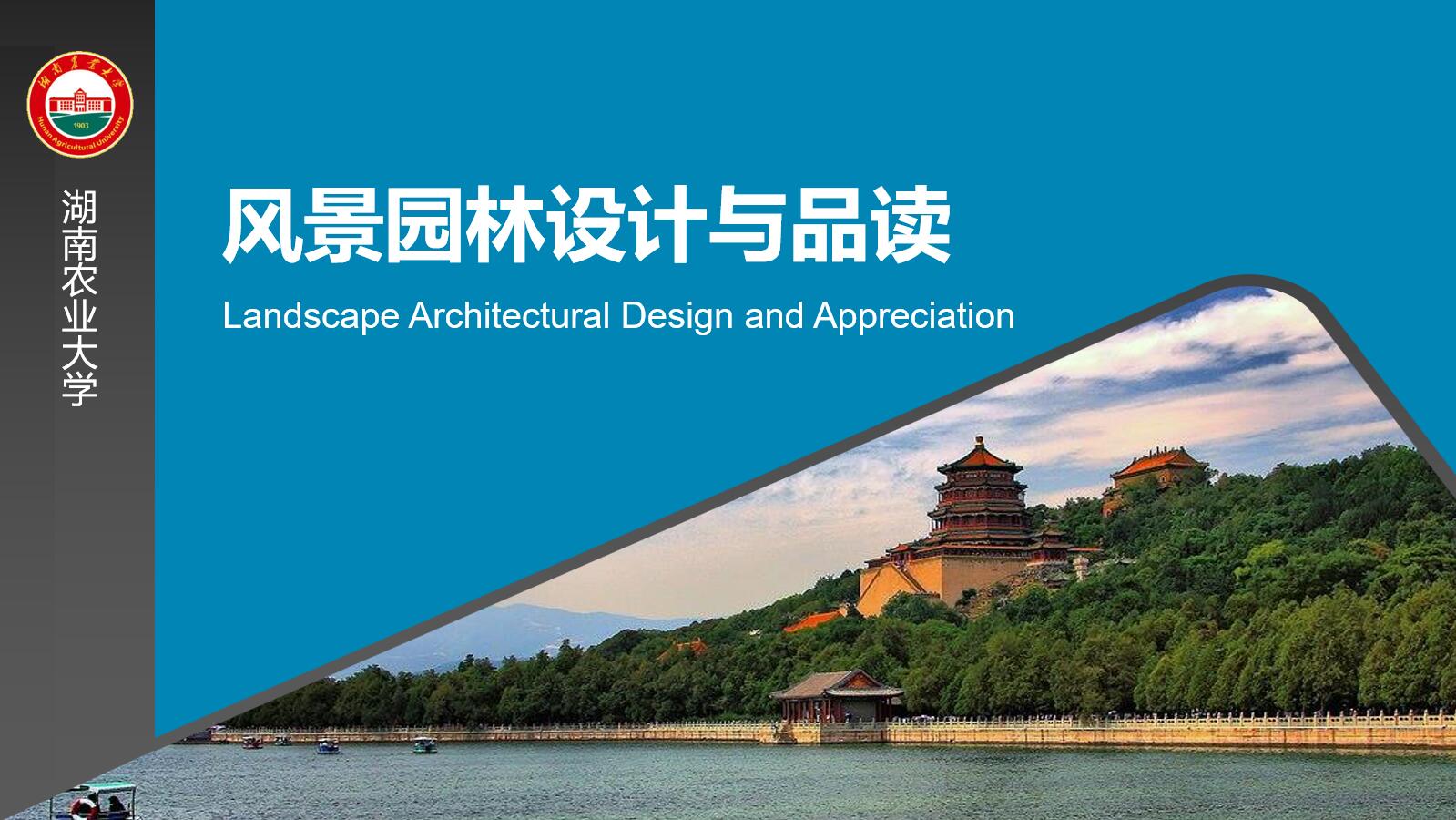
当前课程知识点:国际新闻比较与分析 > 第二章 Deciding What’s News(决定什么是新闻) > 2.4 Extra-Media Forces and Ideology (意识形态与组织外影响) > 2.4 Extra-Media Forces and Ideology
大家好 欢迎回来
之前我们说过
影响新闻的五个层次
可以分为两个组
内部组和外部组
我们已经讨论了内部组的三个因素
记者的个人影响
媒体常规和组织的影响
今天 我们将转向外部因素
包括 媒体外部力量和意识形态
让我们先看看媒体外部力量
这是模型中影响新闻的第四个层次
媒体外部力量 顾名思义
是来自新闻编辑室和媒体组织之外的影响因素
是来自新闻编辑室和媒体组织之外的影响因素
其中包括
第一 经济环境
例如 2008年的金融危机
影响了世界许多国家的整体经济形势
影响了世界许多国家的整体经济形势
结果它也削弱了许多媒体组织的经济能力
结果它也削弱了许多媒体组织的经济能力
迫使它们作出反应
已经采取了节省预算的措施
比如 削减采编费用
解雇记者 减少办公空间
撤回驻外记者等等
这将不可避免地影响新闻的生产
而且 国际新闻受到的影响更大
因为这是一种非常昂贵的新闻品种
第二
围绕媒体组织的市场结构
比如 竞争的程度如何
是否是一个垄断市场
还是它是一个多元化的市场
有许多媒体机构身处其中相互竞争
收入的来源是什么
它所吸引和服务的是什么样的广告市场
它所吸引和服务的是什么样的广告市场
是一般性市场 还是利基市场
什么类型的利基市场
市场的范围是什么
是地区性市场 全国性市场
还是国际性市场
第三 政府控制
政府控制有不同的形式
它可以是法律 法规和政策的形式
如国家安全法规
广播法规 版权政策等
它也可以是政治干预的形式
例如 在中国
媒体的监管机构是国家新闻出版广电总局
中华人民共和国国家新闻出版广播电影电视总局
中华人民共和国国家新闻出版广播电影电视总局
它曾经是两个部门
即广电总局和新闻出版总署
现在两者合并成了一个部门 SAPPRFT
在英国 它的对应英国部门是
OfCom传播办公室
一个政府批准的
媒体行业监管机构
类似这样的部门控制媒体执照
规范媒体市场 监督媒体行为
他们对媒体内容有很强的影响力
第四 来自社会的影响
来自媒体监督组织
或利益集团的游说活动
和其他形式的媒体倡导行动
如消费者抵制
例如
这是《卫报》2015年的一则报道
它说 由于媒体活动家多年的努力
《太阳报》
默多克经营的英国小报
最终决定停止在报纸上刊登袒胸露乳的女性图片
这些女性传统上被称为第三版女孩
这是一个非常典型的例子
关于媒体内容如何在社会压力下发生变化
第五 消息源策略
记者无法工作
如果没有消息来源
但他们不断面临消息来源的压力
和消息来源的操纵
要么来自消息源本身
要么是他们的公关和发言人
他们善于混淆视听
诱使记者做出符合他们利益的报道
例如 英国前首相
托尼·布莱尔的公关经理 Alastair Campbell
在这方面就很出名
这是两个人一起工作看一份新闻稿的照片
这是两个人一起工作看一份新闻稿的照片
Alastair Campbell在右边
他曾是《每日镜报》的记者
后来成为布莱尔办公室的沟通和战略主管
后来成为布莱尔办公室的沟通和战略主管
作为布莱尔的舆论顾问
他最臭名昭著的行为就是
通过夸大伊拉克的危险来操纵媒体
从而使英国在2003年卷入伊拉克战争
好吧 所以
这些是可能影响新闻的媒体外力量
这些是可能影响新闻的媒体外力量
经济形势
市场结构
政府控制
媒体与社区或媒体与社会的关系
信源策略
最后 意识形态的限制
也对新闻产生了相当大的影响
意识形态是一个很难理解的术语
稍微解释一下
意识形态是一套完整的参照系
通过它 我们每个人可以看到世界
并据此调整我们的行动
它不仅指个人的信仰体系
也包括特定社会的社会现象
或文化价值体系
在某种程度上 以非常微妙的方式
也许我们甚至没有意识到的方式
意识形态决定了什么新闻可以被报道
它们应该如何被报道
它们如何被公众接受
以及谈论什么是合适的谈论什么是不合适的
例如
现在很多人都在说政治正确这个词
它的意思是参与公共讨论的时候
尽量减少阻力或争议
这是融入社会上的特定政治的最好方式
这是融入社会上的特定政治的最好方式
这里的政治实际上就是意识形态
不仅是普通公民
媒体也需要
注意政治正确
有些事情媒体不能报道或播出
如果他们这样做
就违反了政治正确的原则
必须承担后果
比如这个例子 一位电视主持人Tomi Lahren
来自美国新闻网络the Blaze
有一次在电视上评论说
她认为反对堕胎的保守派是伪君子
她是赞成堕胎的
显然 她所说的
与她所在社群在这个问题上普遍持有的意识形态不符
与她所在社群在这个问题上普遍持有的意识形态不符
结果 她的节目被停了
这说明了意识形态如何控制媒体内容
包括新闻
综上所述
这是影响新闻的两个主要外部因素
意识形态和媒体外的力量
加上三个内部因素
我们在上节课讲过的
记者 媒体常规 组织
它们形成了影响新闻的层级模型
这些因素决定着什么是新闻
我希望 通过这些讨论
你开始形成
一种关于新闻的社会学视角
它能让你深入了解
新闻制作的更深层次
理解为什么新闻是这样的
这就是这一整个部分的内容
谢谢大家的聆听
再会 下节课见
-导论 Test
-1.1 Definition of News (新闻的定义)
--1.1 Test
-1.2 General News Values: Timeliness, Impact, Prominence, Proximity (新闻的及时性、影响力、显著性与接近性)
--1.2 General News Values: Timeliness, Impact, Prominence, Proximity
--1.2 General News Values: Timeliness, Impact, Prominence, Proximity
--1.2 Test
-1.3 General News Values: Conflict, Deviance, Currency, Necessity (新闻的冲突性、异常性、话题性与实用性性)
--1.3 General News Values: Conflict, Deviance, Currency, Necessity
--1.3 General News Values: Conflict, Deviance, Currency, Necessity
--1.3 Test
-1.4 Structure and Value of International News (国际新闻的结构与价值)
--1.4 Structure and Value of International News
--1.4 Structure and Value of International News
--1.4 Test
-2.1 Hierarchy of Influences on News (新闻的影响层级)
--2.1 Hierarchy of Influences on News
--2.1 Hierarchy of Influences on News
--2.1 Test
-2.2 Gatekeeping and Personal Influences (新闻把关人与记者个人影响)
--2.2 Gatekeeping and Personal Influences
--2.2 Gatekeeping and Personal Influences
--2.2 Test
-2.3 Media Routines and Organizational Influences (新闻常规与组织影响)
--2.3 Media Routines and Organizational Influences
--2.3 Media Routines and Organizational Influences
--2.3 Test
-2.4 Extra-Media Forces and Ideology (意识形态与组织外影响)
--2.4 Extra-Media Forces and Ideology
--2.4 Extra-Media Forces and Ideology
--2.4 Test
-3.1 Authoritarian and Libertarian Theories of the Press (媒体的威权主义与自由主义理论)
--3.1 Authoritarian and Libertarian Theories of the Press
--3.1 Authoritarian and Libertarian Theories of the Press
--3.1 Test
-3.2 Social Responsibility and Communist Theories of the Press(社会责任与共产主义理论)
--3.2 Social Responsibility and Communist Theories of the Press
--3.2 Social Responsibility and Communist Theories of the Press
--3.2 Test
-3.3 Comparing Media Systems in the West: Three Models (比较媒介体系的三种模式)
--3.3 Comparing Media Systems in the West: Three Models
--3.3 Comparing Media Systems in the West: Three Models
--3.3 Test
-3.4 Comparing Media Systems in the West: Four Dimensions(比较媒介体系的四个维度)
--3.4 Comparing Media Systems in the West: Four Dimensions
--3.4 Comparing Media Systems in the West: Four Dimensions
--3.4 Test
-4.1 State-Owned Media (国有媒体所有制)
--4.1 Test
-4.2. Public-Owned Media (公共媒体所有制)
--4.2 Test
-4.3. Private-Owned Media (私人媒体所有制)
--4.3 Test
-4.4. Concentration of Media Ownership (媒体所有权集中化)
--4.4 Concentration of Media Ownership
--4.4 Concentration of Media Ownership
--4.4 Test
-5.1 Evolution of Foreign Correspondence(驻外报道的历史与起源)
--5.1 Evolution of Foreign Correspondence
--5.1 Evolution of Foreign Correspondence
--5.1 Test
-5.2 The Role of Global News Agencies (全球通讯社与驻外报道)
--5.2 The Role of Global News Agencies
--5.2 The Role of Global News Agencies
--5.2 Test
-5.3 Foreign Correspondence Beyond News Agencies (通讯社之外的驻外报道)
--5.3 Foreign Correspondence Beyond News Agencies
--5.3 Foreign Correspondence Beyond News Agencies
--5.3 Test
-5.4 Foreign Correspondence in the New Millennium(新世纪的驻外报道)
--5.4 Foreign Correspondence in the New Millennium
--5.4 Foreign Correspondence in the New Millennium
--5.4 Test
-6.1 Foreign Correspondents in China(外媒驻华报道)
--6.1 Foreign Correspondents in China
--6.1 Foreign Correspondents in China
--6.1 Test
-6.2 International Journalism in Chinese Media (中国媒体国际报道)
--6.2 International Journalism in Chinese Media
--6.2 International Journalism in Chinese Media
--6.2 Test
-6.3 Chinese Correspondents in Foreign Bureaus (中国媒体驻外记者)
--6.3 Chinese Correspondents in Foreign Bureaus
--6.3 Chinese Correspondents in Foreign Bureaus
--6.3 Test
-7.1 Definition of Geography of News (新闻地理的定义)
--7.1 Definition of Geography of News
--7.1 Definition of Geography of News
--7.1 Test
-7.2 Geography of Foreign News on Global TV(全球电视国际报道的新闻地理)
--7.2 Geography of Foreign News on Global TV
--7.2 Geography of Foreign News on Global TV
--7.2 Test
-7.3 Who Is Interested in China (外国公众对中国新闻的兴趣)
--7.3 Who Is Interested in China
--7.3 Who Is Interested in China
--7.3 Test
-8.1 Determinants of Global News Flow(全球新闻流的决定因素)
--8.1 Determinants of Global News Flow
--8.1 Determinants of Global News Flow
--8.1 Test
-8.2 World System Theory and Global News Flow(世界系统理论与国际新闻流)
--8.2 World System Theory and Global News Flow
--8.2 World System Theory and Global News Flow
--8.2 Test
-8.3 Towards a New World Information and Communication Order(通往新信息传播秩序之路)
--8.3 Towards a New World Information and Communication Order
--8.3 Towards a New World Information and Communication Order
--8.3 Test

